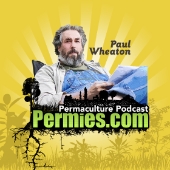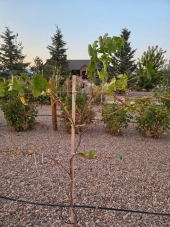(I already knew those darn French throw in letters just for looks, that you don't bother pronouncing...)
Actually an error of understanding language difference. It is not just for looks it is actually pronounced. Some languages like we are using here the important letters are consonants, So speaking the word it almost does not matter which vowel one uses. I learned from years of trying to hear and speak French that the vowel is what caries the meaning. A consonant without a fallowing vowel accents the preceding vowel. Therefore the the o is pronounced as in hot but in French the T does not close off the air flow but in English it does.







